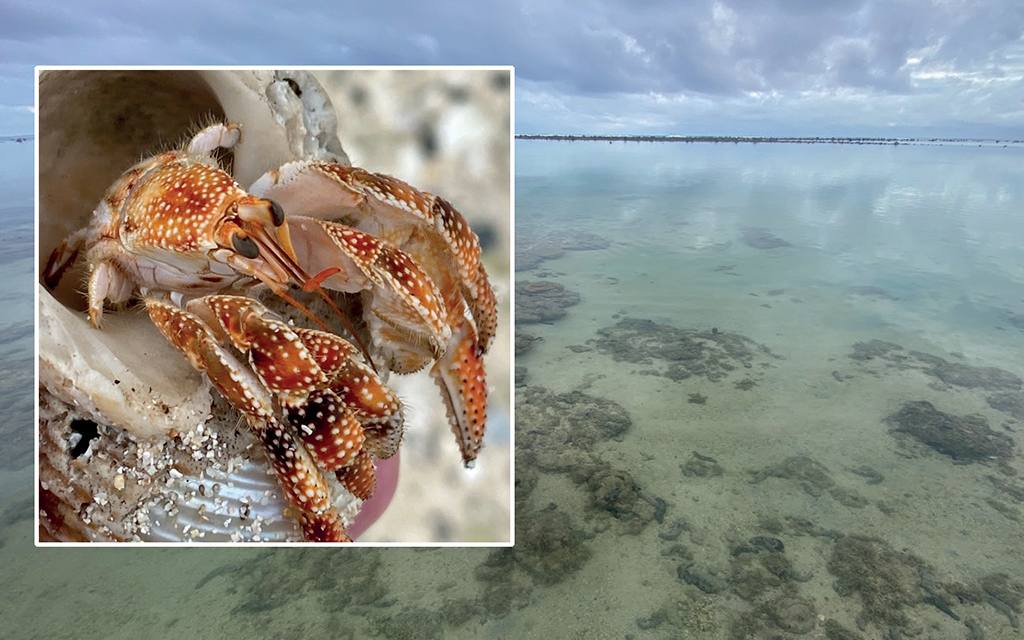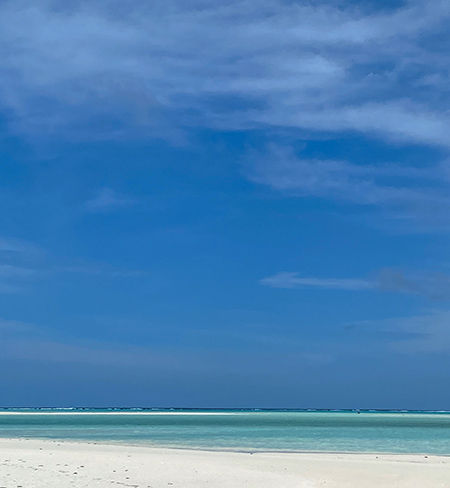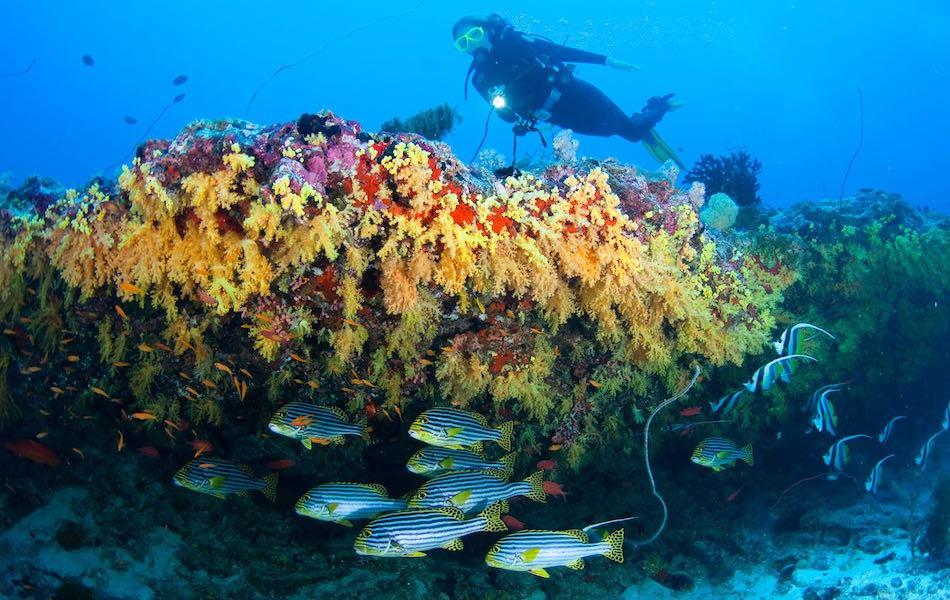
Becky Hitchin reports from the Cook Islands in the South Pacific, where marine conservation underpins everything in daily life.
Some of you may know that I’ve been lucky enough to spend the last few weeks in the Cook Islands. Probably more of you are now thinking two things – “where are the Cook Islands” and “is there good diving”? Well, let me answer these for you, via a tale of marine protected areas (MPAs).
The Cook Islands are a group of 15 islands in the South Pacific, somewhat to the left of Fiji and somewhat to the right of French Polynesia. Two of the islands are volcanic in nature, including the main island of Rarotonga, while the others are wide coral atolls and lagoons.
home to 136 species of coral, over 600 species of fish, three species of turtles, 21 species of cetaceans and 16 species of sharks
All in all, their land mass is 93 square miles. It’s a very small nation, with around 18,000 inhabitants living there.
In geographical terms, however, it is massive – its marine Exclusive Economic Zone covers more than 750,000 square miles. The main languages are English and Cook Islands māori; their currency is both Cook Islands dollars and New Zealand dollars. Their $2 coin is three-sided, and their $3 note features a barebreasted woman riding a shark. Beat that.
Before I answer the “is there good diving” question, I need to explain what an Exclusive Economic Zone is, and why it’s important here. If you are a country with a coastline, however big or small, you get rights over the bits of the ocean next to you. Everything within 12 nautical miles is counted as territorial waters where the law of that country functions just as on land. After that, there’s a zone of up to 200 nautical miles called the Exclusive Economic Zone, or EEZ. Here, only that one country is allowed to undertake economically-enhancing activities, such as fishing, mining, dredging for sand and gravel, though other countries have rights to travel through the area, or conduct scientific research for example.
The Cook Islands did something in 2017 that was quite remarkable. They designated the whole of their EEZ as then the largest multi-use marine park in the world, known as Marae Moana.
 Marae Moana is a varied seascape including atolls, sand cays and islands, and is home to 136 species of coral, over 600 species of fish, three species of turtles, 21 species of cetaceans and 16 species of sharks. It includes 15 MPAs extending to 50 miles around each island, where no commercial fishing or mining is allowed. Out with these MPAs, Marae Moana requires that any economic activities must be consistent with the need to protect and conserve the ecology, biodiversity and heritage of the marine environment of the Cook Islands.
Marae Moana is a varied seascape including atolls, sand cays and islands, and is home to 136 species of coral, over 600 species of fish, three species of turtles, 21 species of cetaceans and 16 species of sharks. It includes 15 MPAs extending to 50 miles around each island, where no commercial fishing or mining is allowed. Out with these MPAs, Marae Moana requires that any economic activities must be consistent with the need to protect and conserve the ecology, biodiversity and heritage of the marine environment of the Cook Islands.
The marine park is managed by a council that includes the Prime Minister, the leader of the Opposition, the President of the House of Ariki (the body of chiefs) as well as members of NGOs, religious and governmental agencies. Something other countries should look at emulating. In the Cook Islands, the importance of the sea to not only the economy, but the wellbeing, spirituality and culture of the islands is undoubted.
As for diving, there are a good number of options for dive shops and dive boats on the islands, mainly Rarotonga. Most hotels will lend you mask, snorkel and fins for snorkelling, which is a delight and is safe everywhere, except for the channels through the reefs into the lagoons where you can get strong currents. But those strong currents and channels make for excellent diving with turtles, giant trevally and tuna.
For identification nerds, there’s an amazing web-based database of all life in the Cook Islands, above and below water. Humpback whales visit the islands in the autumn, making for exciting in-water and shore viewing experiences. The dive operators and Cook Islanders are keenly aware of conservation. One of the dive operators helped create a coral transplant and restoration project, and on Aitutaki, a paradise island less than an hour’s flight from Rarotonga, there is an ongoing project to restock giant clams into the lagoons after their abundance declined from harvesting.
I’m not here to advertise the Cook Islands. I’ve dived in better places, and worse places. But their commitment to conservation and protection without the resources we all take for granted here, is incredible.
BSAC members save £££s every year using BSAC benefits.
Join BSAC today and start saving on everything from scuba gear, diving holidays and diver insurance, to everyday purchases on food, online shopping and retail with BSAC Plus. Click to join BSAC today.
Article ‘The Pacific principle’ by Becky Hitchin first published in SCUBA magazine, Issue 135 May 2023.




